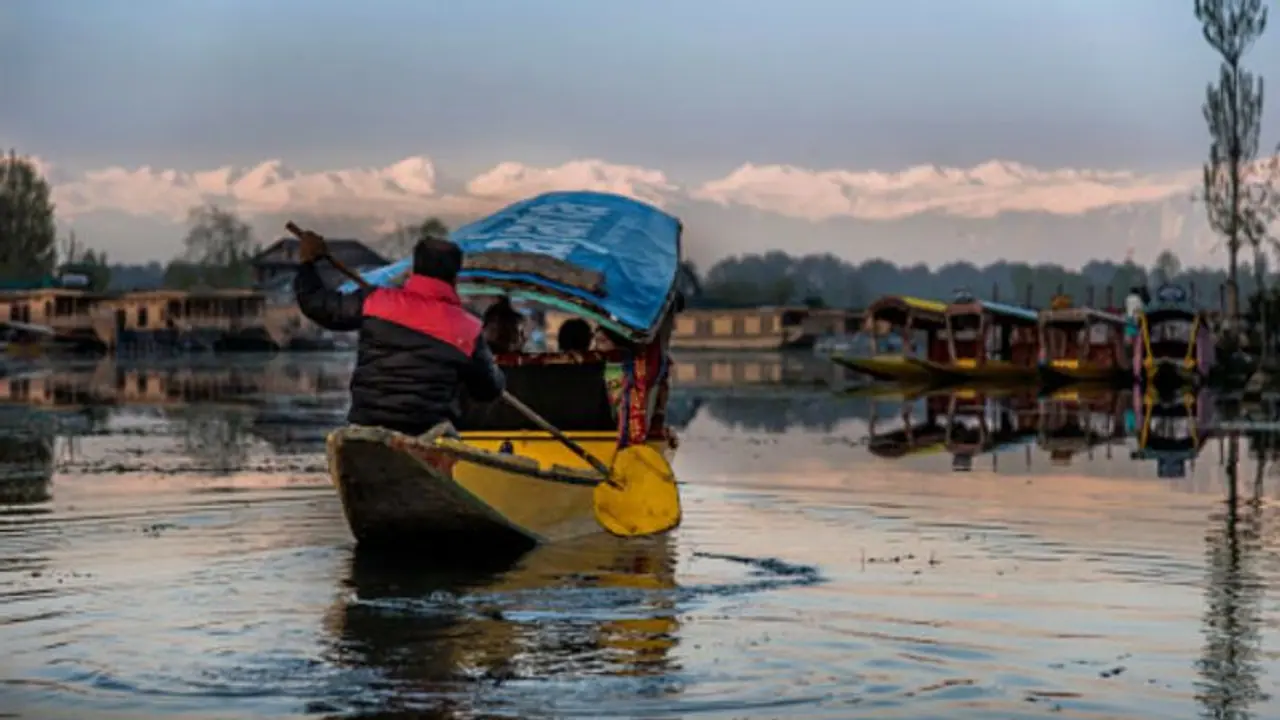According to Observer Research Foundation, which studied the Household Consumer Expenditure Surveys conducted by National Sample Survey Office (NSSO), consumer expenditure (acquisition of goods and services by individuals or families) of people in the Valley not only increased but also surpassed the national average from 1999-2012
Srinagar: There is a popular narrative that conflicts, especially due to the intervention of the Indian Army, have crippled Kashmir.
However, there is a counter-narrative backed by research that this assumption is not only erroneous but also give a diametrically opposite image of the real situation.
According to Observer Research Foundation, which studied the Household Consumer Expenditure Surveys conducted by National Sample Survey Office (NSSO), consumer expenditure (acquisition of goods and services by individuals or families) of people in the Valley not only increased but also surpassed the national average from 1999-2012.
Moreover, the overall expenditure of an average Kashmiri household was above the national average during this period.

The monthly per capita expenditure chart shows that people's ability to acquire good and services have skyrocketed between 2004-05 and 2011-12.
What is interesting here is that from 2005-2011, which is considered to be a relatively peaceful phase, there prevailed a larger gap between the per capita expenditure of the Kashmir Valley and that of the nation. In 2011-12, per capita spending at the all-India level and that in the Valley shows signs of convergence.
The graph also shows that it was only in 1993-94 that the national average was slightly higher than the average monthly expenditure of a Kashmiri household.
The study also shows a stark difference between the urban and rural pattern of expenditure.

Evidently, there has been a steady increase in the rural per capita expenditure of the people in the Valley. It was only in 1993-94 that the rural expenditure of the Valley, which was Rs 283 was somewhat similar to the all-India average, which was Rs 281. This is a validation of the fact that rural Kashmir has been doing better than the rest of the rural areas in India.

The urban expenditure graph shows that the all-India average is ahead of Kashmir’s average. Data for 2011-12 show that the average spending of an urban household in the Kashmir Valley only goes below the national average slightly, confirming the fact that urban Kashmir is not far behind India. While the all India average was Rs 2,399, Kashmir's average was Rs 2,003 in 2011-2012.
Also, contradictory to the popular notion that the Indian government is not doing enough for the state, the Central and State finances for 2000-2016 period show that Jammu and Kashmir received 10% in of all Central grants spite of having only 1% of the country’s population.
Also read: Anatomy of money laundering that fuels terrorism in Kashmir revealed
Meanwhile, Uttar Pradesh received only 8.2% of the grant in the same year despite making up about 13% of the nation’s population.
Kashmir also surpassed Kerala as the state with the highest life expectancy for every age group in India in 2016, according to a report released by the Registrar General of India (RGI).
According to the data, except life expectancy at birth, Jammu and Kashmir surpasses Kerala in all other age groups, especially the septuagenarian group.
Thus if something is wrong in the Valley, it is the rise of terrorism and Army intervention is absolutely necessary for curbing it. This is what the Indian government has taken up cudgels against.
